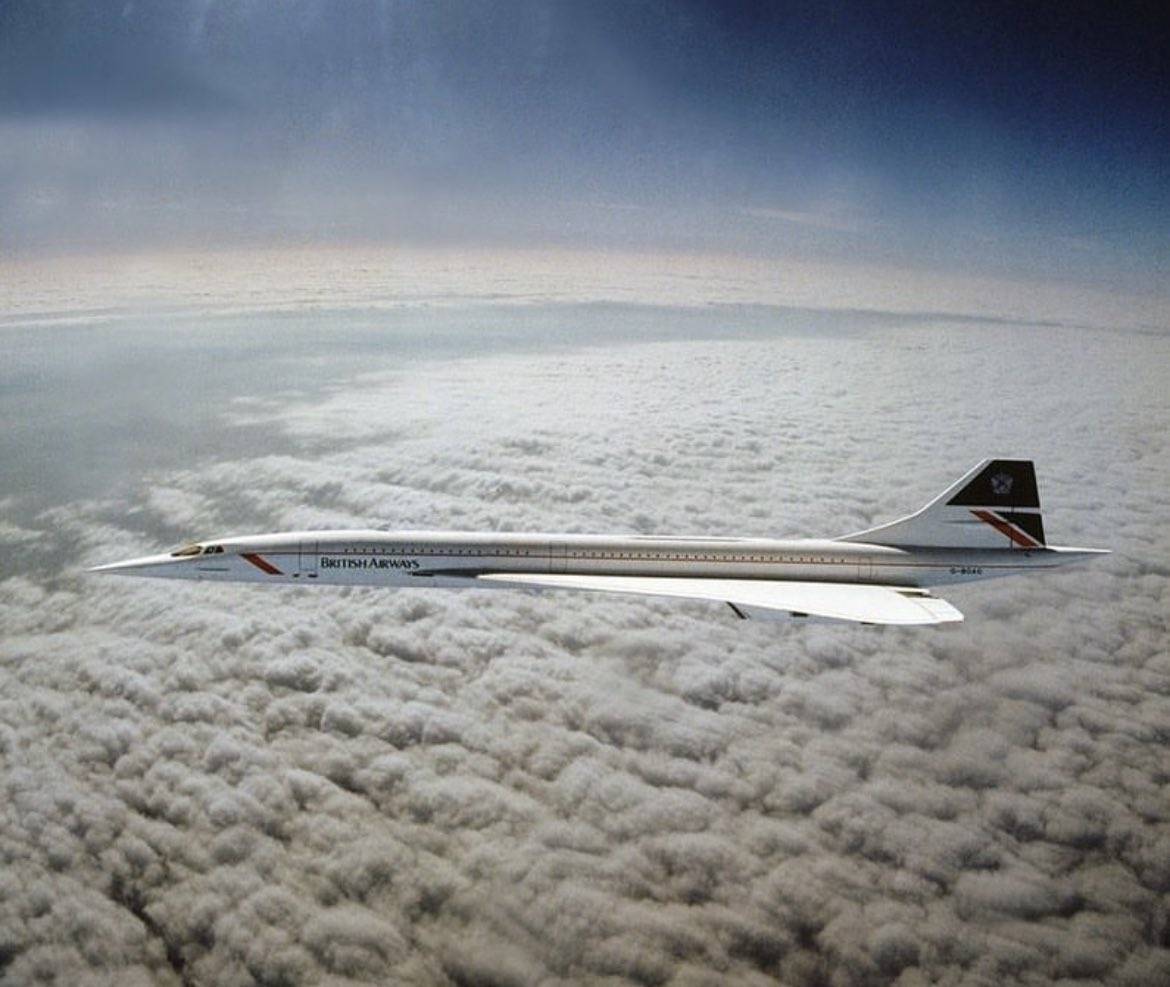In April 1985, an extraordinary event took place over the Irish Sea, captured by Adrian Meredith in what would become the only photo of Concorde flying at supersonic speed. Adrian, who was flying a Royal Air Force (RAF) Tornado jet, had the opportunity to participate in a planned rendezvous with the legendary Concorde.
The Tornado, a versatile and powerful combat aircraft developed and used by the RAF, was primarily designed for air defense, ground attack, and reconnaissance missions. While it could match Concorde's cruising speed, its fuel consumption rate was significantly higher, allowing it to sustain that speed only for a matter of minutes.
Despite the Tornado's capabilities, capturing the iconic photograph posed a unique challenge. To maximize its speed and keep up with the Concorde, the Tornado was stripped of all non-essential equipment. The crew made every effort to maintain the pace, racing to catch up with the Concorde as it soared through the skies. However, due to the Tornado's limited endurance at high speeds, the crew had to make the difficult decision to break off the rendezvous after just four minutes. Meanwhile, the Concorde, an engineering marvel of its time, continued its journey, gracefully cruising towards its destination at John F. Kennedy International Airport (JFK).
Despite the Tornado's formidable capabilities as a combat aircraft, it could only briefly keep pace with the Concorde's supersonic flight. The juxtaposition of these two aircraft highlights the distinct roles they played in aviation history—the Concorde as a pinnacle of supersonic passenger travel and the Tornado as a versatile military workhorse.
Together, the Tornado and the Concorde symbolize the remarkable advancements in aviation technology during the late 20th century. Their fleeting rendezvous over the Irish Sea and the remarkable photograph captured during that encounter stand as a testament to the ingenuity, dedication, and pursuit of excellence that define the aviation industry.
On November 20, 1953, Scott Crossfield became the first person to fly at twice the speed of sound, reaching Mach 2 in a Douglas D-558-2 Skyrocket.
The event took place over the same general area as Chuck Yeager's historic flight, the Mojave Desert in California. Crossfield, a test pilot for the National Advisory Committee for Aeronautics (NACA), the precursor to NASA, reached speeds of approximately 1,300 miles per hour during this flight. The aircraft was carried aloft by a Boeing P2B-1S (a modified version of the B-29 Superfortress) before being released at an altitude of about 32,000 feet.
Once released, Crossfield ignited the plane's rocket engine to reach the historic speed. This flight significantly expanded our understanding of supersonic flight and high-speed aerodynamics, providing data that was crucial for future aerospace developments, including those in military aviation and space exploration. Though less well-known than Yeager's feat, Crossfield's achievement represented another monumental step in pushing the boundaries of what was possible in aviation.
Also, read;
Another significant milestone in aviation history occurred on November 17, 1954, when the first operational jet airliner, the de Havilland Comet, completed a non-stop transatlantic flight.
The British-made aircraft took off from London Airport, now known as Heathrow, and landed at New York's Idlewild Airport, the precursor to JFK International Airport. Piloted by Captain Tom Stoney, the Comet flew the 3,470-mile journey in just 10 hours and 22 minutes, revolutionizing commercial aviation by drastically cutting the time required for long-distance travel.
Despite initial setbacks, including catastrophic structural failures that led to a temporary grounding, the advent of jet-powered commercial airliners like the Comet marked the beginning of the jet age in civilian travel. This transformation led to increased accessibility and efficiency in global transportation, changing the way people perceive and experience long-distance travel.


